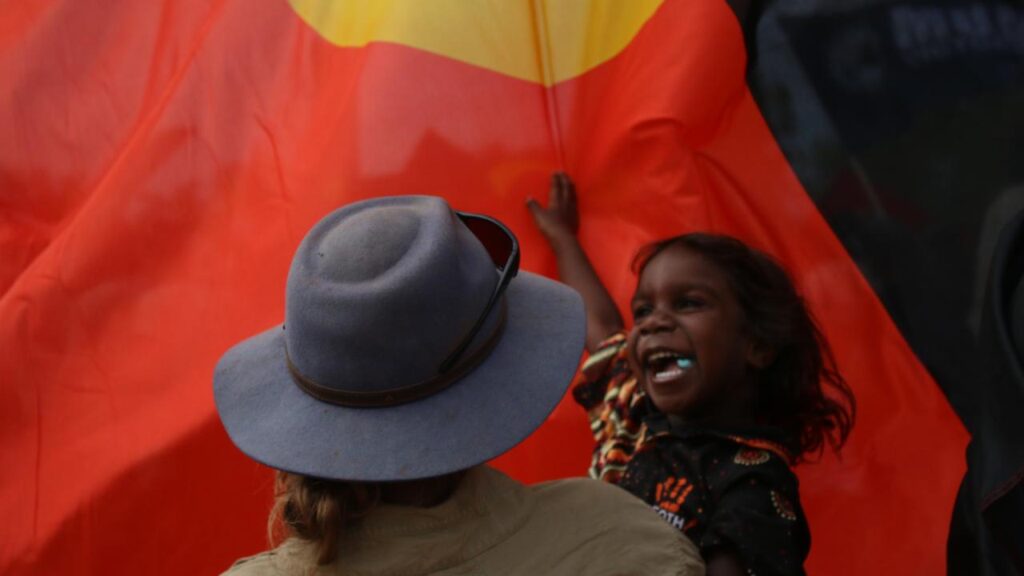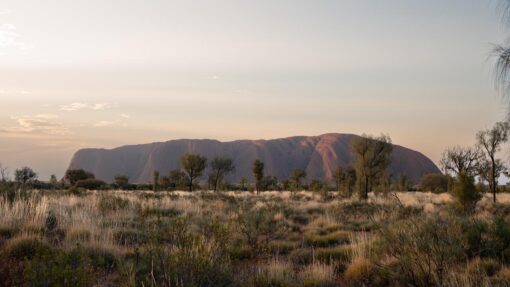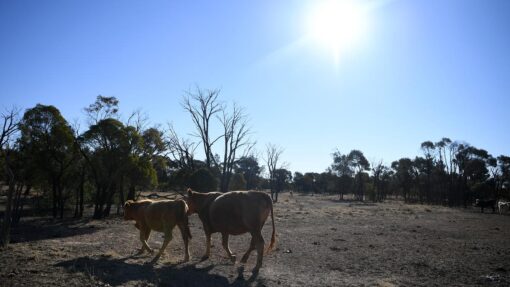Better powers urged to help protect Indigenous children
Keira Jenkins |

Authorities entrusted with providing younger Indigenous Australians with a voice say they desperately need powers enshrined in law to carry out their work.
Aboriginal and Torres Strait Islander children’s commissioners have made a united call for greater powers at SNAICC ’25, the national Indigenous children’s conference.
Commissioners from Western Australia, Queensland, the Northern Territory and South Australia said every state and territory should have an advocate dedicated to First Nations young people.
The commissioners in each jurisdiction, and at a national level, should be independent, with legislated powers to compel evidence, investigate systemic failures, and make binding recommendations, they said.

The National Commissioner of Aboriginal and Torres Strait Islander Children, Sue-Anne Hunter, said her role – and those of her state and territory counterparts – should be enshrined in legislation.
“We need to have powers,” she told the conference in Brisbane on Wednesday.
“We also need to still work together, because the voices together are much stronger, and we need change for our children.”
Queensland Aboriginal and Torres Strait Islander commissioner Natalie Lewis said she, like many of her counterparts in other jurisdictions, does not have powers independent from government.

She said Queensland had been “stalling” on legislating independence for her as a commissioner to detrimental effect.
“Those jurisdictions with an aversion to accountability seem to be dragging the chain, and that’s unfortunate, because it harms our children,” Ms Lewis said.
This was in contrast to SA, where the Aboriginal and Torres Strait Islander children’s commissioner was fully legislated, said Catherine Liddle, the chief executive of peak body for Indigenous children, SNAICC.
“When a role is legislated, it means there’s a duty on government to resource it properly, to listen to it, and to take it seriously,” she said

“Having a legislated national commissioner would set the tone for states and territories, lifting expectations and encouraging consistency across jurisdictions.”
It was time for governments to be bold if they wanted better outcomes for Indigenous children, Ms Liddle said.
“This is an opportunity to drive real change,” she said.
“This is an opportunity to encourage all governments to be brave, to encourage all governments to step up to their commitments under closing the gap.”
13YARN 13 92 76
Lifeline 13 11 14
AAP


